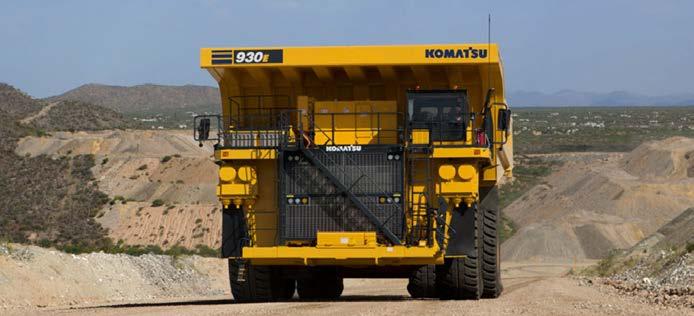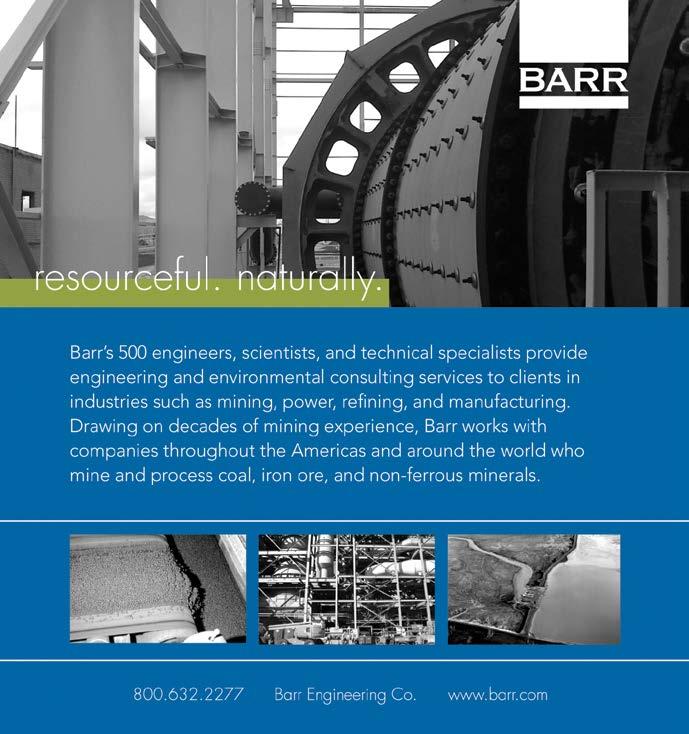
2 minute read
Komatsu targets to be first in market with hydrogen-powered mining vehi cles
AMERICAS
Komatsu targets to be first in market with hydrogen-powered mining vehicles
In a first for the industry, Komatsu, Japan's top construction equipment manufacturer, aims to establish hydrogen power as a diesel replacement for heavy-duty mining dump trucks, according to Nikkei.

The company plans to begin developing hydrogen trucks in 2021, to have them ready for use by 2030. This drive to add hydrogen power to mining coincides with Komatsu customers' efforts to reduce carbon dioxide emissions as much as possible.
Overhead power lines power few mining trucks, but the majority are diesel-powered. The use of hydrogen as a fuel has the advantage of allowing zero-emission trucks to drive on roads where power lines are not available.
Mining trucks, which can weigh up to 600 tonnes when fully loaded, dwarf buses. They present a different degree of technological challenges in terms of hydrogen power than regular fuel cell vehicles.
Another stumbling block is the cost. Komatsu intends to buy fuel cells from outside vendors for its hydrogen-powered trucks. The price of fuel cell stacks for electricity generation is high. However, if used in a broader range of applications, mass manufacturing is likely to lower their costs. Komatsu's mining equipment sales account for approximately 40% of the company's total revenue. Sany, a Chinese competitor to Caterpillar, has taken
measures to improve its competitiveness in this area, including the acquisition of American mining machinery manufacturer Joy Global in 2017.
Komatsu must adjust to the industry's move away from fossil fuels, given its significance.
By eliminating fossil fuel use during extraction and producing energy from renewable sources, industry players hope to reduce CO2 emissions through their operations. This is in line with a global trend toward reducing carbon emissions over the life cycle of a commodity, from resource production to disposal. Some mining companies have revealed their intentions to construct their own hydrogen infrastructure. Anglo American will build a solar power plant with a capacity of 320 megawatts near a platinum mine in South Africa. This production will produce up to 1 tonne of hydrogen per day.
Komatsu has set a goal to reduce CO2 emissions from its construction and mining equipment by half by fiscal 2030 compared to fiscal 2010.
In one project, the company has partnered with a commercial electric vehicle manufacturer in the United States to develop electrified heavy machinery, with plans to begin mass production as early as 2023.

Equipping the mining industry with legal services since 1893.
∙ Mineral purchase agreements, leases and options ∙ Land assembly and mineral rights acquisition ∙ Severed mineral registration and title work ∙ Environmental permitting and compliance
° MINING & MINERALS LAW ° ›› Paul Kilgore ›› Paul Loraas







